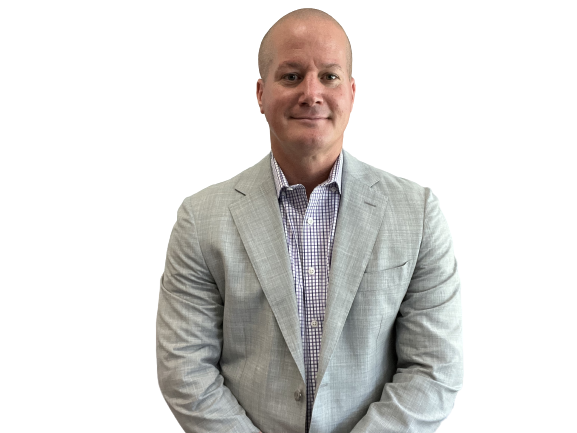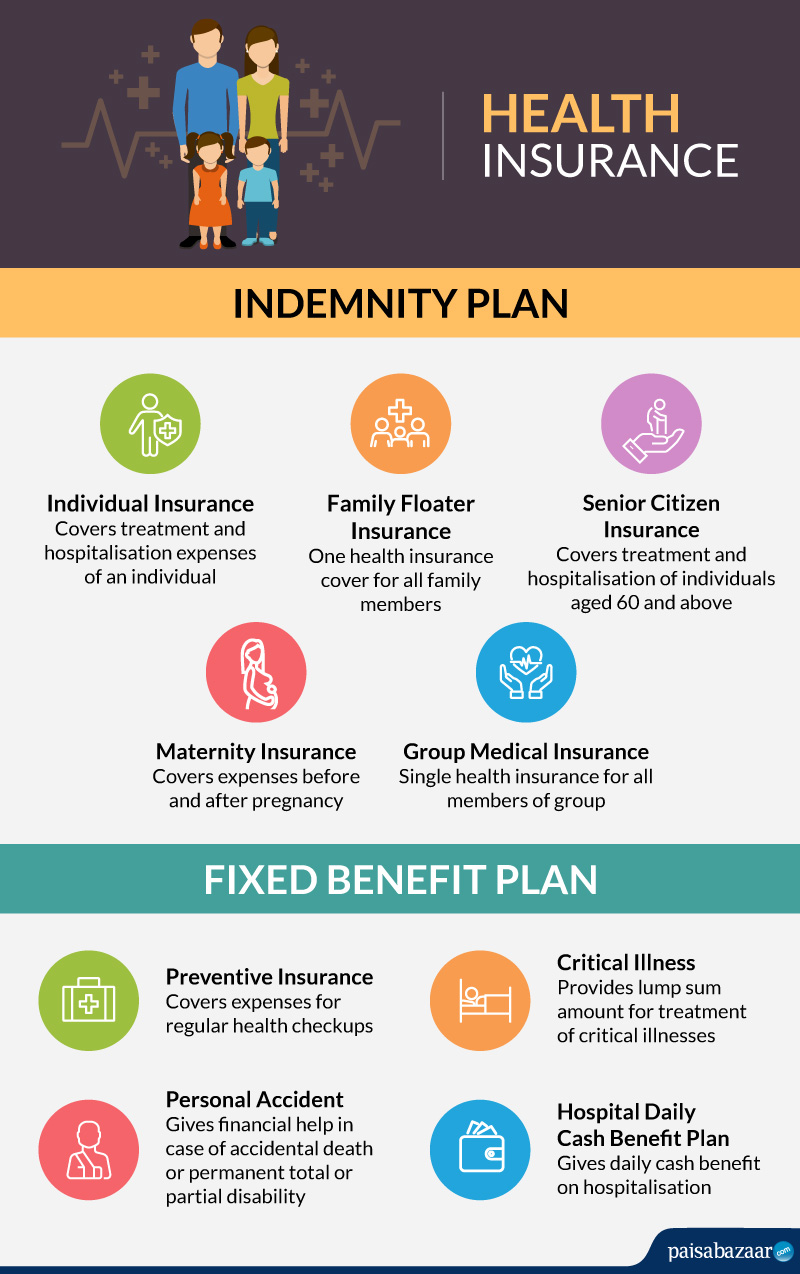How Medicare Advantage Agent can Save You Time, Stress, and Money.
How Medicare Advantage Agent can Save You Time, Stress, and Money.
Blog Article
7 Simple Techniques For Medicare Advantage Agent
Table of ContentsAll about Medicare Advantage AgentHow Medicare Advantage Agent can Save You Time, Stress, and Money.The 15-Second Trick For Medicare Advantage Agent


follows from confusing the relatively young age profile of account uninsured with the better healthMuch better health and wellness average, standard younger personsMore youthful For those without access to workplace health insurance policy, inadequate health and wellness is a prospective obstacle to purchasing nongroup protection because such protection may be extremely valued, omit pre-existing conditions, or be just not available. Unless otherwise kept in mind, national price quotes of individuals without health and wellness insurance coverage and percentages of the populace with different kinds of coverage are based on the CPS, the most widely used resource of price quotes of insurance coverage and uninsurance rates.

Our Medicare Advantage Agent Ideas
Over a three-year period beginning early in 1993, 72 million individuals, 29 percent of the united state populace, were without coverage for at least one month. Within a single year(1994), 53 million individuals experienced at least a month without protection(Bennefield, 1998a). Six out of every ten without insurance grownups are themselves used. Working does enhance the likelihood that one and one's household participants will have insurance coverage, it is not a warranty. Also members of families with two full time wage income earners have nearly a one-in-ten chance of being uninsured (9.1 percent without insurance rate)(Hoffman and Pohl, 2000 ). The relationship between medical insurance and accessibility to care is well established, as documented later on in this phase. Although the connection between medical insurance and health and wellness end results is neither straight nor straightforward, an extensive medical and health solutions research study literature links medical insurance coverage
to better access to care, far better quality, and enhanced individual and populace health status. For example, the second report, on personal health and wellness outcomes for uninsured grownups, is represented by the inner circle of the figure, while the 3rd report, on family well-being, incorporates the topics of the second report but highlights a various unit of evaluation, particularly, the family. The sixth record in the series will certainly offer details regarding approaches and initiatives undertaken in your area, statewide, or country wide to address the absence of insurance and its unfavorable influences. Levels of analysis for examining the effects of uninsurance. This discussion of medical insurance protection focuses mainly on the U.S. populace under age 65 because virtually all Americans 65 and older have Medicare or other public insurance coverage.
It concentrates especially on those without any kind of wellness insurance for any kind of size of time. The troubles faced by the underinsured are in some aspects similar to those faced by the without insurance, although they are normally less serious. Uninsurance and underinsurance, however, include distinctly different policy issues, and the methods for addressing them may differ. Throughout this research and the 5 reports to comply with, the primary emphasis is on persons with no health insurance policy and therefore no support in paying for health and wellness care past what is offered via charity and safeguard institutions. Health and wellness insurance is a powerful factor affecting invoice of treatment due to the fact that both patients and physicians reply to the out-of-pocket price of solutions. Health insurance, nonetheless, is neither needed nor sufficient to get to medical solutions. Nonetheless, the independent and direct impact of health and wellness
insurance coverage on accessibility to health and wellness services is well established. Others will acquire the healthcare they need even without wellness insurance coverage, by spending for it expense or seeking it from carriers who use treatment totally free or at highly subsidized rates. For still others, medical insurance alone does not ensure invoice of care since of various other nonfinancial barriers, such as a lack of healthcare suppliers in their neighborhood, minimal accessibility to transport, illiteracy, or etymological and social differences. Official research study about without insurance populations in the United States Bonuses dates to the click site late 1920s and very early 1930s when the Board on the Cost of Treatment generated a collection of reports regarding financing physician workplace sees and hospitalizations. This concern came to be salient as the varieties of medically indigent climbed during the Great Depression. Empirical studies regularly sustain the web link in between access to care and enhanced wellness outcomes(Bindman et al., 1995; Starfield, 1995 ). Having a regular resource of care can be considered a predictor of gain access to, instead than a straight procedure of it, when health and wellness end results are themselves utilized as accessibility signs. This extension of the notion of gain access to measurement was made by the IOM Board on Keeping An Eye On Accessibility to Personal Healthcare Solutions(Millman, 1993, p. Whether or not parents are guaranteed appears to influence whether their kids get treatment in addition to just how much careeven if the children themselves have insurance coverage(Hanson, 1998). The health and wellness of parents can affect their capacity to care for their kids and the degree of family members anxiety. Bothering with their youngsters's accessibility to care is itself a resource of stress for parents. 3 chapters adhere to in this report. Phase 2 offers a summary of how employment-based health and wellness insurance policy, public programs and specific insurance policies operate and engage to provide considerable but incomplete protection of the united state populace. This includes an evaluation of historic trends and public policies impacting both public and exclusive insurance policy, a discussion of the interactions amongst the different kinds of insurance coverage, and an assessment of why people relocate from one program to another or wind up

Report this page